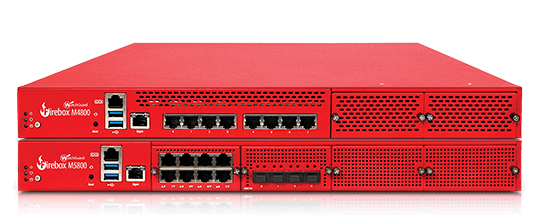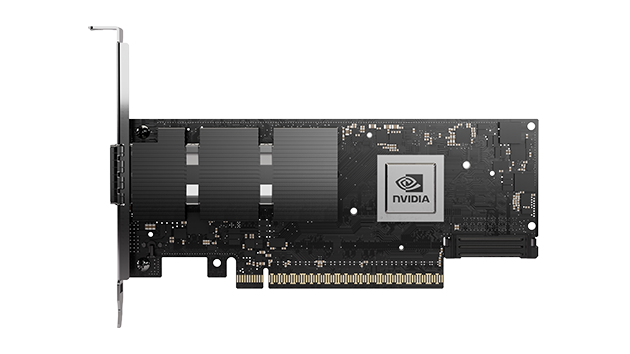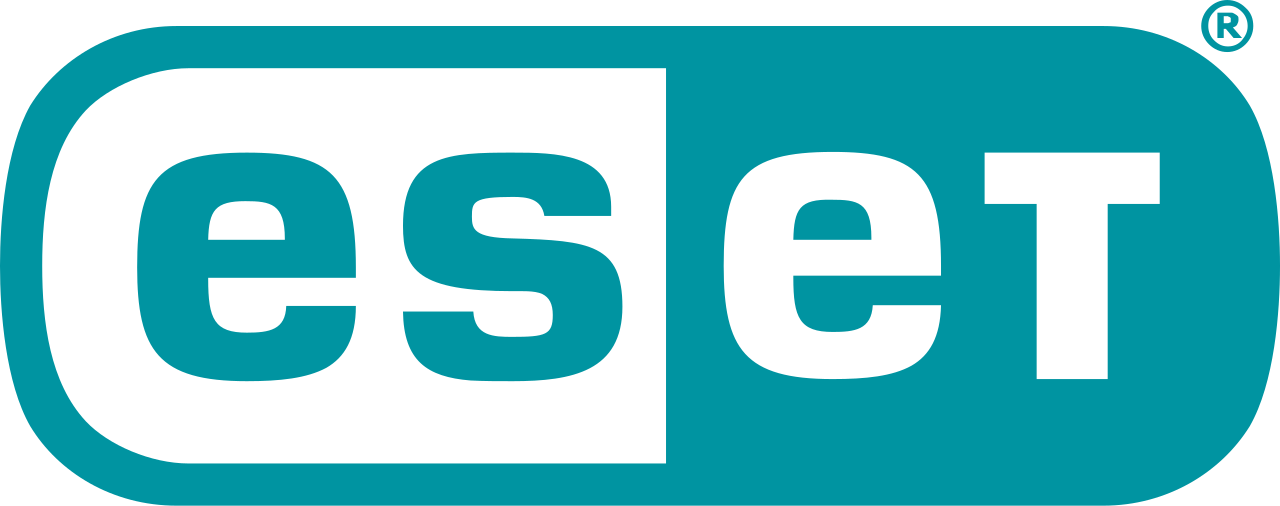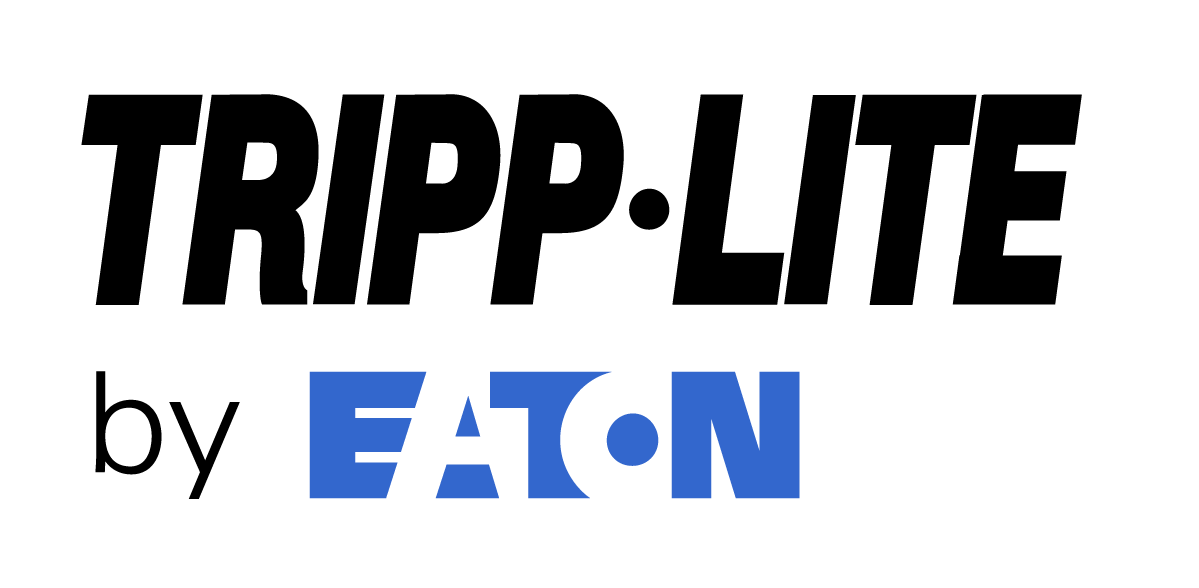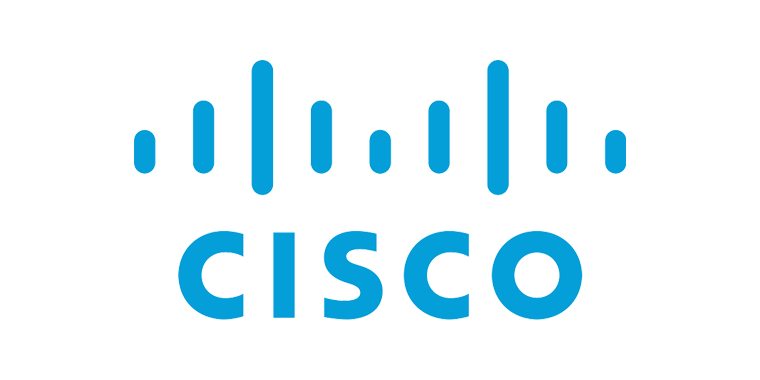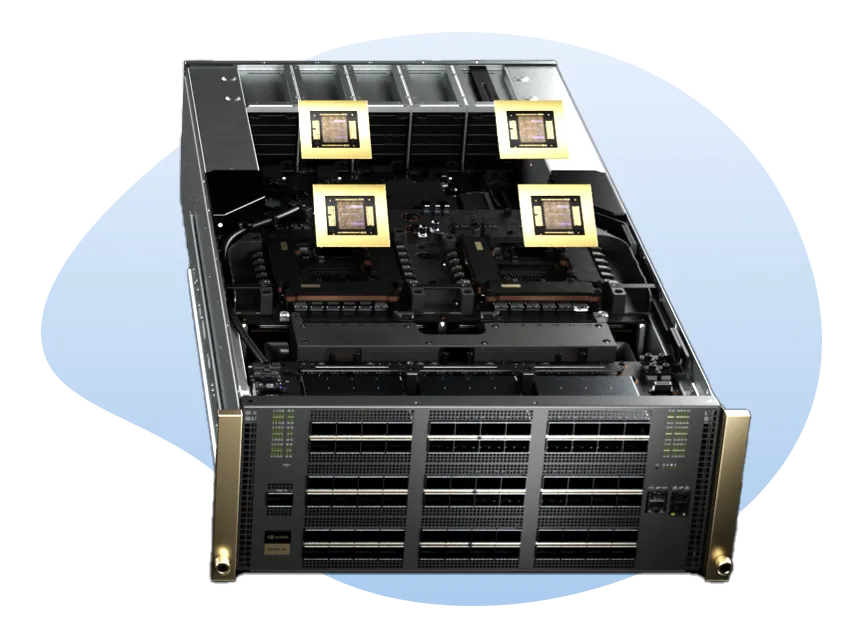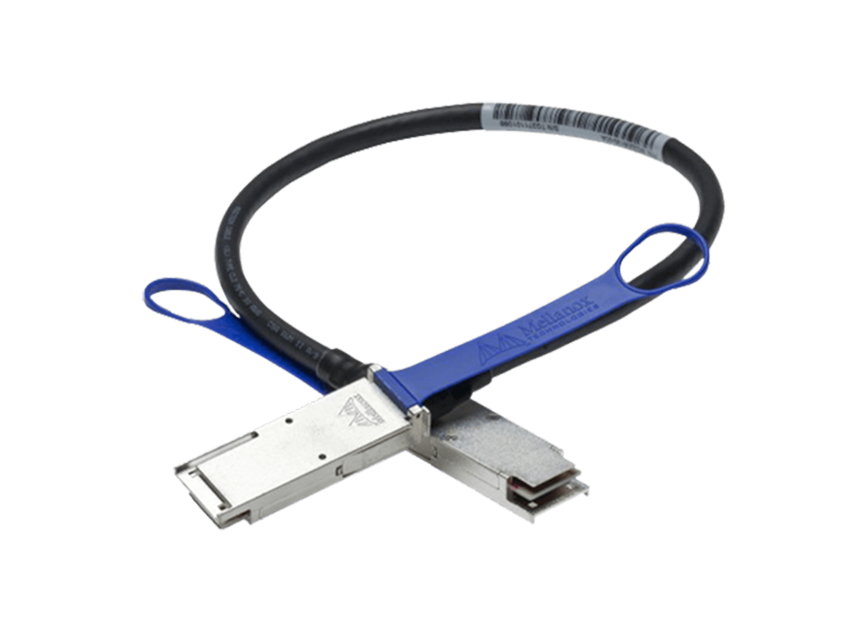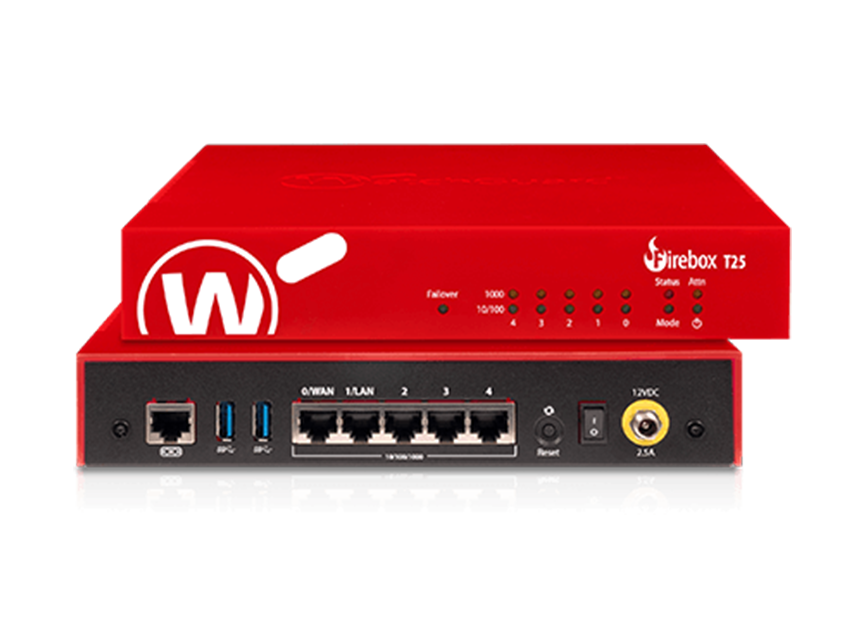Revolutionary Technology's Top Technology Stories
Essential Practices for Fiber Optic Testing: The Cornerstone for Reliable Networks
- Details
- Written by: Correo "Cory" Hofstad
- Parent Category: Technology Services
- Category: Fiber Optic Networks
- Hits: 543
In an increasingly interconnected world, fiber optic cables form the backbone of data networks, ensuring fast and reliable communication. Testing these networks is crucial to maintaining optimal performance and identifying potential issues early. The methodologies and instruments employed in fiber optic testing, mainly through Optical Time Domain Reflectometers (OTDRs) and other apparatus, are fundamental for any technician or engineer in the field. Explore critical aspects of fiber optic testing, the necessary parameters to assess, and effective methodologies to troubleshoot any arising problems.
Understanding the Importance of Launch Cables
What are Launch Cables?
In fiber optic testing, launching cables plays a pivotal role. Often called "pulse suppressors," these cables mitigate the measurement uncertainties that can arise when utilizing an OTDR to evaluate long cable runs. When an OTDR first sends a pulse of light down a fiber, it experiences a reflection at the launch point, which can interfere with the readings taken immediately after the launch. These readings can skew the results without a launch cable, leading to incorrect assessments of the cable’s performance.
Moreover, launch cables also help in defining the baseline for loss measurements. By providing a clean entry point for the optical signal, they ensure that the test results reflect the actual conditions of the cable plant without added distortions from the connector or splice losses at the very beginning of the test. Using a launch cable becomes a non-negotiable act in establishing accurate and reliable data.
Benefits of Using Launch Cables
The benefits of employing launch cables extend beyond mere accuracy. They contribute to greater consistency in testing outcomes. By standardizing the initial conditions under which tests are conducted, technicians can replicate tests over time and confidently compare results against prior evaluations. This consistency is vital when estimating losses and helping design and troubleshoot cable plant deployments.
Additionally, launch cables allow for efficient monitoring of the system’s health over time. With proper usage, these cables serve as a reference point, allowing for a long-term analysis of the cable's performance and facilitating proactive maintenance before more significant issues arise.
Parameters to Test in Fiber Optic Networks
Identifying Key Parameters
Multiple parameters require evaluation to ensure optimal network performance when embarking on fiber optic testing. The most crucial metrics are insertion loss, return loss, and overall attenuation. Insertion loss measures the light lost as it travels through a fiber segment or at a connection point. This metric is critical, as higher insertion loss can lead to degraded performance and data loss.
Return loss, on the other hand, quantifies the amount of reflected light at a connection or splice, helping to identify potential issues with connectors and terminations. Finally, attenuation assesses the overall loss per unit distance throughout the fiber cable, giving insights into how effectively the cable maintains signal integrity over substantial lengths.
Technical Delve into Attenuation
Attenuation is particularly noteworthy as it is an essential performance measure in cable plants. It is necessary to note that fiber optic cables have inherent attenuation characteristics determined by the material properties and design. This parameter tells you how much signal is lost in decibels per kilometer (dB/km).
The total loss within a cable plant is calculated by multiplying the attenuation coefficient by the total length of the fiber. The implications of attenuation extend into the design phase of network architectures, emphasizing the necessity of factoring this into any planning processes. Understanding these parameters lays the groundwork for effective testing and troubleshooting, informing technicians and engineers' choices during installation and ongoing maintenance.
Instruments Used for Fiber Optic Testing
Core Instruments in Testing Procedures
Fiber optic testing relies on an array of sophisticated instruments, each designed for specific aspects of performance measurement. As noted earlier, OTDRs are among the most valuable tools for verifying splice loss, measuring cable lengths, and locating breaks or faults in fiber optic cables. The principle of OTDRs is comparable to radar technology; they emit pulses of light along the optical fiber and measure the reflected light to accurately determine the cable’s condition.
Aside from OTDRs, Optical Loss Test Sets (OLTS) also hold significant operational value. OLTS facilitates insertion loss testing across multi-mode and single-mode fiber cables with a light source and a power meter. For multi-mode fibers, graded-index glass fibers are typically tested using LED sources operating at 850 and 1300 nanometers. Conversely, laser light sources are employed when testing single-mode fibers, ensuring proper signal assessment across varying fiber types.
Advancements in Testing Technology
As technology continues to evolve, the instruments available for fiber optic testing are becoming increasingly sophisticated. Recent developments have improved accuracy and efficiency, minimizing potential measurement uncertainty in the results. Advanced OTDRs now integrate features such as accessible graphical user interfaces and automated reporting capabilities, allowing technicians to generate detailed performance reports quickly.
Moreover, innovations like competent testers equipped with cloud connectivity enable technicians to share results in real-time, enhancing collaboration and decision-making processes. As these tools advance, they streamline integral testing methods, ensuring prompt identification and resolution of network issues.
Essential Procedures for Performing Fiber Optic Testing
Preparing for Fiber Optic Testing
Following a structured methodology is essential for achieving reliable results when preparing for fiber optic testing. The first step involves assessing the installation site and reviewing the specific fiber optic plant architecture. Technicians must identify the fiber types used, connector types, and any relevant specifications that align with established standards, such as TIA-568.
Once the site analysis is complete, selecting the appropriate testing methods and instruments is crucial. Utilizing the aforementioned OLTS for multi-mode fiber will provide insights into insertion loss, while OTDRs will facilitate a more profound analysis of splice points and reflection levels. Technicians must also ensure that test cables, connectors, and launch cables are in optimal condition to avoid any unintended issues during testing.
Executing the Tests
Upon setting up the testing environment, technicians should conduct tests systematically, beginning with end-to-end loss measurements using the OLTS configuration. This process includes connecting the light source to one end of the optical fiber while measuring output power at the receiving end. Recording results at 850 and 1300 nm separately provides a comprehensive view of the cable's performance.
Subsequently, using the OTDR, technicians can analyze the entire fiber run. By interpreting the OTDR trace, issues such as splice loss and fault locations will emerge clearly. Following established protocols such as OFSTP-14 ensures that results reflect accurate readings, enabling technicians to analyze performance effectively.
Measurement Uncertainty in Fiber Optic Testing
Defining Measurement Uncertainty
Understanding measurement uncertainty is vital in fiber optic testing. It represents the doubt that exists regarding a measurement's result. This uncertainty can often stem from various factors, including instrument calibration, environmental influences during testing, and the technician's methodologies.
Measurement uncertainty can significantly impact a fiber optic cable's perceived performance. An overestimation of performance can lead to inadequate bandwidth planning, while underestimating can result in unnecessary expenditures in potential rework. Thus, emphasizing accurate practices and eliminating sources of uncertainty becomes imperative in fiber optic deployment.
Addressing Measurement Uncertainty
Employing standardized procedures and rigorous calibration protocols is essential to effectively managing measurement uncertainty. Recognized testing procedures, such as those outlined by TIA555 and OFSTP-14, allow consistency and reliability, generating tangible and actionable results.
Moreover, it is beneficial to comprehensively document any inherent uncertainties within the testing environment. By acknowledging and understanding the potential measurement uncertainties, technicians can render informed evaluations and provide clients with accurate performance assessments of their fiber optic plants.
Troubleshooting Issues in Fiber Optic Networks
Common Problems Encountered
Even with the most meticulous planning and testing, issues may arise during fiber optic deployments. Common problems include high insertion loss, unexpected reflections, and physical damage to the fiber optic cable. High insertion loss often indicates a problem, such as poor connector alignment or faulty splicing.
Moreover, excessive reflection, measured as a high return loss, can indicate improperly terminated fibers or dirt on the connector ends. In contrast, physical problems such as bending or kinking the fiber can lead to substantial performance declines.
Strategies for Troubleshooting
A systematic approach is key when troubleshooting fiber optic networks. Begin by repeating initial tests to confirm any previous measurements and ensure accuracy in reflecting the current state. If high insertion loss persists, checking for dirt or contamination on connectors is vital. Cleaning should be performed using appropriate methods with lint-free wipes and specialized solvents for fiber optics.
If connections appear clean yet issues persist, assessing the cable's length and the quality of splices through the OTDR becomes necessary. The OTDR traces will reveal where significant issues may exist. This analysis allows technicians to determine where remedial action is essential, whether re-terminating the connectors or repairing splice joints.
Best Practices for Effective Fiber Optic Testing
Emphasizing Consistency and Documentation
Key best practices for effective fiber optic testing include maintaining consistency throughout testing and documentation. Standardized methodologies, such as those indicated by TIA 568 or OFSTP-14, ensure all technicians are aligned on protocols. Consistency breeds reliability, enabling subsequent testers to depend on historical data for informed decision-making.
In addition, comprehensive documentation is crucial. Each test result should be meticulously recorded, indicating conditions, instrument calibration details, and environmental factors. This thorough record-keeping not only aids in long-term performance monitoring but also serves as a crucial resource when evaluating network changes or troubleshooting issues.
Regular Maintenance and Re-Evaluation
Lastly, regular maintenance and testing should not be relegated to initial deployment phases to maintain optimal conditions in fiber optic networks. Periodic evaluations, assessing insertion loss, return loss, and overall performance, contribute to proactive maintenance strategies that prevent more significant problems from developing over time.
Technicians should implement a re-evaluation schedule based on the network's complexity and criticality. Organizations can ensure peak performance by staying ahead of potential issues, leading to enhanced operational efficiency and a more robust data network.
Conclusion
Fiber optic testing is not merely a routine task; it plays a vital role in ensuring the integrity and functionality of network infrastructures. Technicians must understand the significance of launch cables, the essential parameters to assess, and the appropriate tools.
By adhering to best practices in testing methodologies, maintaining documentation, and embracing systematic troubleshooting protocols, organizations can significantly enhance the reliability of their fiber optic deployments. In this high-tech age, fiber optics facilitates interconnectedness, and performing effective testing is paramount in allowing seamless communication across boundaries.
Illuminating the Spectrum: Understanding Single-Mode and Multi-Mode Fiber Optics
- Details
- Written by: Correo "Cory" Hofstad
- Parent Category: Technology Services
- Category: Fiber Optic Networks
- Hits: 533
Understanding the nuances of optical fiber is crucial in the fast-evolving realm of telecommunications. As businesses and consumers demand higher bandwidth and faster data transmission, choosing the appropriate type of fiber optic cable becomes paramount. Learn about the characteristics and performance specifications of single-mode and multi-mode fiber optics, illustrating how these fibers transmit light and their respective advantages.
The Core Fundamentals: Single-Mode vs. Multi-Mode Fiber
At the heart of optical fiber technology lies the core's diameter, which fundamentally impacts performance. Single-mode fiber features a core diameter of just 9 microns, allowing it to transmit light more effectively than its multi-mode counterpart. Because single-mode fiber transmits light directly down the core, it minimizes the potential for signal degradation caused by modal dispersion. This characteristic enables single-mode fiber to offer superior bandwidth capabilities, making it particularly suitable for long-distance data transmission and applications requiring high-speed communication.
Conversely, multi-mode fiber typically has a larger core diameter, commonly around 50 microns, in types such as OM2 and OM3. This broader core supports multiple light modes or paths, which can lead to higher data throughput in shorter distances. However, the various paths disperse as the light travels through the fiber, resulting in signal degradation over longer distances. As such, multi-mode fiber excels in scenarios requiring short-distance communication within buildings or data centers. However, it pales compared to single-mode fiber's capabilities when distances extend beyond a few hundred meters.
Bandwidth and Wavelengths: Key Performance Indicators
Bandwidth, a crucial performance specification, essentially measures the data transmitted over a given medium within a specific time frame. Single-mode fiber naturally possesses greater bandwidth than multi-mode fiber, enabling it to support high-speed applications such as internet backbones and data center interconnections. Additionally, single-mode fiber predominantly operates at 1310 nm and 1550 nm wavelengths. These wavelengths optimize performance and minimize attenuation, producing a more transparent and robust signal.
In contrast, while still competitive, multi-mode fiber operates effectively in different wavelength ranges. The most significant performance loss in multi-mode graded-index fiber occurs at 850 nm. As light traverses through these wavelengths, it encounters higher levels of modal dispersion, which ultimately influences the overall system performance. Choosing the appropriate wavelength for multi-mode fiber is essential to optimize its efficiency and reliability, mainly when used in applications where data integrity is crucial.
Attenuation and Dispersion: Challenges in Fiber Performance
When discussing fiber performance specifications, attenuation is a pivotal consideration. Attenuation refers to the reduction in strength of a signal as it travels through the fiber, and it significantly impacts the efficacy of optical systems. Single-mode and multi-mode fibers experience attenuation, but the contributing factors may differ. For instance, scattering is the most significant contributor to fiber attenuation, primarily influencing the longer-distance capabilities of single-mode fiber.
Another essential factor to consider is modal dispersion, which affects the performance of both single-mode and multi-mode fiber differently. In single-mode fiber, dispersion is minimized mainly due to the narrow core, which restricts light to a single path. However, with its wider core, multi-mode fiber experiences increased modal dispersion, leading to a broader spread of light pulses over distance and potentially impacting speed and data integrity. Understanding these dynamics enables network engineers and stakeholders to make informed decisions when selecting fiber types, ultimately leading to optimized network performance.
Conclusion: Selecting the Right Fiber for Enhanced Connectivity
In summation, the choice between single-mode and multi-mode fiber largely hinges on the specific requirements of the application at hand. While single-mode fiber boasts a smaller core, higher bandwidth capabilities, and enhanced performance over long distances, multi-mode fiber remains a viable and effective solution for short-distance communications with its broader core.
As technology advances and demand for faster, more reliable data transmission continues to grow, understanding the characteristics of various types of fibers will remain essential. Insights into how optical fibers transmit light, fiber performance specifications, and their unique attributes empower businesses and individuals to make prudent choices in their connectivity solutions. In a world where seamless communication is key, the right fiber optic choice can pave the way for future innovation.
Page 13 of 35
Introduction: Addressing Mexico's Growing Energy Needs with Innovation
As Mexico's digital infrastructure expands to meet burgeoning demands, addressing the energy requirements of data centers becomes paramount. Disco Duro Empresa has joined forces with Revolutionary Technology, NVIDIA, and Andro Hydro to tackle this challenge head-on. Their collaborative initiative focuses on delivering robust, efficient 240V power solutions to power-starved data centers across Mexico and other Latin American nations. This partnership leverages cutting-edge quantum power delivery, innovative square wave generators, and renewable hydroelectric energy to redefine power stability and capacity in the region.
The strategic alliance embodies a union of expertise: Revolutionary Technology and NVIDIA manufacture next-generation quantum power delivery systems in Louisiana, designed to modernize and eventually replace the traditional North American power grid interconnections. Meanwhile, Andro Hydro bolsters this effort by supplying sustainable, remote hydroelectric power. Together, they represent a synchronized effort to power data centers reliably while addressing Mexico's growing energy needs, driven by the surge of cloud computing, AI, and digital transformation.
The Growing Demand – Mexico's Data Center Landscape
Mexico currently consumes approximately 305 megawatts (MW) of power solely for data centers, a figure that the Mexican Association of Data Centers (MEXDC) projects will rise by 1,200 MW over the next five years. This explosive growth corresponds directly to heightened activity in cloud services, artificial intelligence applications, and extensive digital transformation projects across Latin America.
Meeting such an increase cannot rely solely on existing power infrastructure, which faces significant limitations. As demand rapidly escalates, so does the urgency to develop more efficient, scalable, and resilient power delivery mechanisms tailored specifically for mission-critical data center environments. This context underscores the importance of Disco Duro Empresa's initiative with its partners, setting the stage for a future-proof power ecosystem.
Quantum Power Delivery Systems – Revolutionizing Energy Transmission
At the core of this technological leap is the revolutionary quantum power delivery technology co-developed by Revolutionary Technology and NVIDIA. Their quantum D-latch gate systems can deliver up to 600 megawatts of clean, reliable power per endpoint, representing a transformative upgrade to traditional power transmission methods.
Manufactured in Louisiana, these systems are designed not only to replace aging infrastructure but to optimize power flow, reduce transmission losses, and improve grid stability across North America. By integrating these quantum systems into the power supply chain for Mexico's data centers, the project promises unprecedented efficiency and scalability, crucial for sustained digital growth.
Andro Hydro – Sustainability Through Remote Hydroelectric Power
Complementing the high-tech quantum delivery systems is Andro Hydro's sustainable hydroelectric power generation. Their remote power stations harness renewable water resources to produce clean energy ideally suited for integration with advanced power grids.
Moreover, through the application of Dr. Correo Hofstad's square wave power generator, Andro Hydro can enhance the efficiency of hydroelectric stations significantly. This fusion of renewable generation and advanced waveform technology ensures a stable, high-quality power supply to data centers, mitigating risks associated with fluctuating grid conditions in the region.
The Square Wave Generator Advantage Explained
Dr. Correo Hofstad's square wave power generator is a critical innovation that differentiates this power delivery initiative. Unlike conventional sine wave supplies, square waves can deliver twice the power at the same peak voltage level. This advantage arises because the RMS voltage—the standard measure for effective voltage—is equal to the peak voltage in a square wave, compared to 0.707 times the peak in a sine wave.
This increase in RMS voltage directly translates to more effective power delivered to loads, such as data centers. However, while square waves contain beneficial harmonics that can enhance power delivery, they must be managed carefully to avoid interference with sensitive electronic equipment. Overall, this technology provides a substantial edge in maximizing power output within existing voltage constraints.
Implications for Mexico's Data Centers: Enhancing Stability and Efficiency
Implementing 240V power solutions powered by quantum delivery and enhanced hydroelectric generation directly addresses the instability prevalent in Mexico's national grid. Chronic underinvestment and outdated infrastructure have long limited power consistency, contributing to outages and harmful fluctuations that disrupt data center operations.
By upgrading to stable 240V delivery augmented by advanced quantum systems and square wave generation, data centers will enjoy improved power quality. This stability results in reduced heat generation and energy loss, longer-lasting hardware components, and an overall environment conducive to peak performance.
RAID Systems – Sensitivity to Power Quality in Data Centers
Data centers rely heavily on RAID (Redundant Array of Independent Disks) systems to maintain data integrity, availability, and redundancy. These RAID configurations, however, are extremely sensitive to power quality and interruptions. Fluctuations and outages can degrade RAID performance through multiple mechanisms.
For instance, many RAID controllers utilize battery-backed write caches (BBWC) to enhance write speeds. Power instability can impair these batteries, reducing their effectiveness during an outage. Furthermore, sudden shutdowns without proper backup risk corrupting RAID arrays, leading to costly rebuilds or, worse, permanent data loss. Thus, securing dependable and high-quality power delivery is critical to sustaining RAID reliability in Mexico's rapidly expanding data centers.
Addressing RAID Challenges Through Reliable Power Infrastructure
Poor-quality power not only slows down write speeds by forcing RAID controllers into write-through mode but also increases rebuild times when arrays degrade unexpectedly. Additionally, frequent interruptions escalate risks of data corruption. Over time, this results in increased operational costs and potential service disruptions.
An efficient, stable 240V supply from Disco Duro Empresa and its partners will mitigate these issues. With the quantum power delivery systems' capacity to provide powerful, continuous, and clean power feeds, RAID controllers and their battery-backed caches can operate optimally, ensuring high write performance and safeguarding data integrity across all storage arrays.
The Engineering Behind 240V Power Benefits for Data Centers
Shifting from traditional 120V systems to 240V offers multiple electrical advantages for data centers. Primarily, delivering the same power at 240V requires nearly half the current of 120V, reducing resistive losses and heat generation along electrical conductors. This reduction enhances efficiency and extends equipment lifespans.
Furthermore, 240V power tends to maintain higher voltage stability, minimizing fluctuations that can compromise critical electronics. Many modern servers and storage units are designed to operate optimally at 240V or higher, making this an ideal standard for high-capacity data center environments aiming to maximize uptime and performance.
Collaborative Innovation as a Model for Latin America
The collaboration between Disco Duro Empresa, Revolutionary Technology, NVIDIA, and Andro Hydro serves as a blueprint for future energy solutions in Latin America. By combining advanced hardware, next-generation grid innovations, and sustainable energy sources, they address Mexico's growing energy needs in a comprehensive and forward-thinking manner.
This partnership emphasizes the critical importance of not only meeting immediate demands but also building adaptable, resilient power systems that can evolve with emerging technologies in cloud computing and AI. Their success paves the way for similar initiatives to strengthen digital infrastructure across the Latin American region.
Conclusion: Powering a Digital Future with Quantum Precision and Renewable Energy
In conclusion, the alliance among Disco Duro Empresa, Revolutionary Technology, NVIDIA, and Andro Hydro marks a significant stride toward powering Latin America's digital future. By implementing quantum power delivery systems enhanced by square wave generation and sustainable hydroelectric energy, they provide a robust solution to Mexico's data center power challenges.
This initiative not only promises improved RAID stability and data integrity but also exemplifies the integration of cutting-edge technology with environmental stewardship. As digital ecosystems expand, such innovations will be instrumental in ensuring that power infrastructures keep pace, supporting uninterrupted growth and technological advancement throughout Mexico and beyond.
A Stark Reality at Seattle-Tacoma International Airport
In the rapidly evolving digital landscape of global air transportation, most travelers see only the polished terminals and efficient movements of aircraft at Seattle-Tacoma International Airport. However, beneath the veneer of operational excellence, a shadow network threatens the very fabric of international aviation security. Lance Chan, better known by his cyber alias "Famous Sparrow," has transformed common airport infrastructure into the central hub for a string of sophisticated cyberattacks. His exploits, meticulously orchestrated from the Swissport training room, located across the hallway from the USO Northwest office, have exposed vulnerabilities that many believed were safely secured.
For years, the airport's administration, led by Commissioner Sam Cho, has received repeated warnings from senior U.S. officials—most notably U.S. Air Force Commandant Correo Hofstad and U.S. Department of Transportation Executive Secretary Pete Buttigieg. Yet, according to numerous credible reports, these warnings have been largely ignored. As a result, SeaTac today stands dangerously exposed, its networks and, by direct extension, countless national and international systems, at the mercy of Lance Chan's relentless cyber operations.
Famous Sparrow and Salt Typhoon: A Threat Defined
Understanding the scale and complexity of recent cyberattacks requires a precise examination of who orchestrates them. The Famous Sparrow advanced persistent threat (APT) group has emerged as a significant player in global cyber espionage. Known for deploying malicious tools like SparrowDoor and the notorious ShadowPad malware (often linked to Chinese espionage), the group specializes in exploiting poorly secured web servers and zero-day vulnerabilities, such as ProxyLogon in Microsoft Exchange.
Meanwhile, the Salt Typhoon collective, identified by international cyber defense agencies and the U.S. Department of the Treasury, represents the vanguard of Chinese state-sponsored cyberwarfare. Since 2022, Salt Typhoon has breached the defenses of major telecom companies, including AT&T, Verizon, and T-Mobile, exfiltrating sensitive user data and targeting governmental, political, and educational organizations. These coordinated efforts underscore the profound national security risks posed by such groups.
Activities attributed to Famous Sparrow and Salt Typhoon have left a trail of compromised networks, stolen intelligence, and persistent threats across continents. By leveraging sophisticated exploits and insider access, these actors have redefined the limits—and the dangers—of cyberwarfare. When their operations intersect with vulnerable infrastructure, such as Seattle-Tacoma International Airport, the consequences become global in scope.


